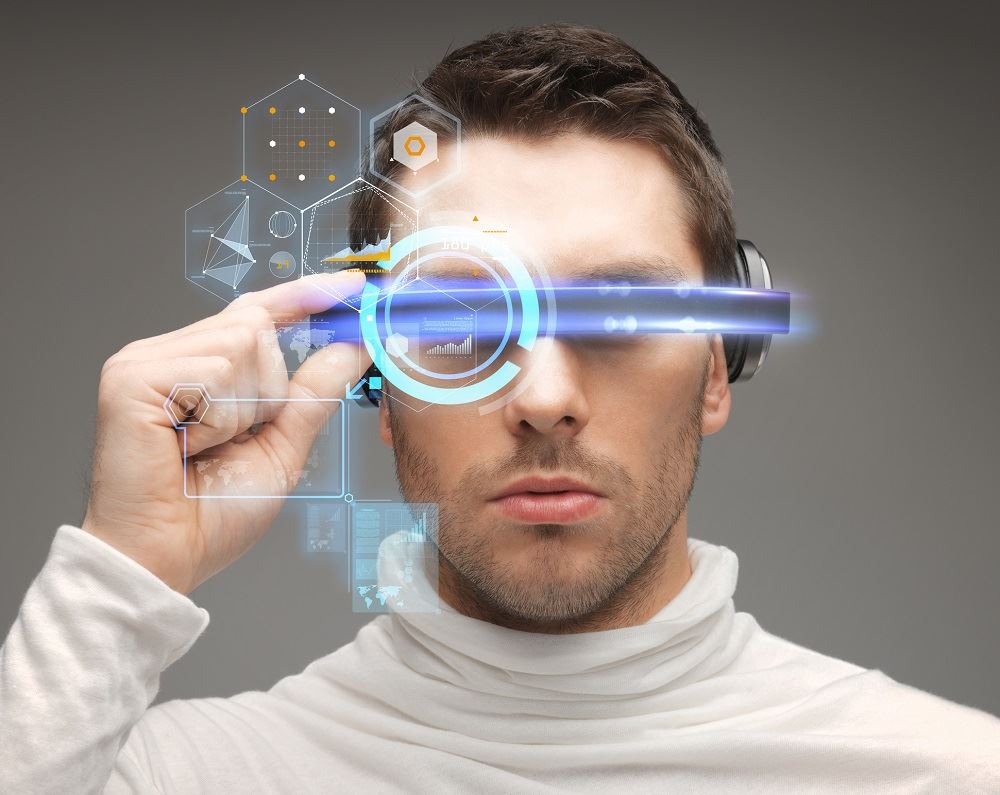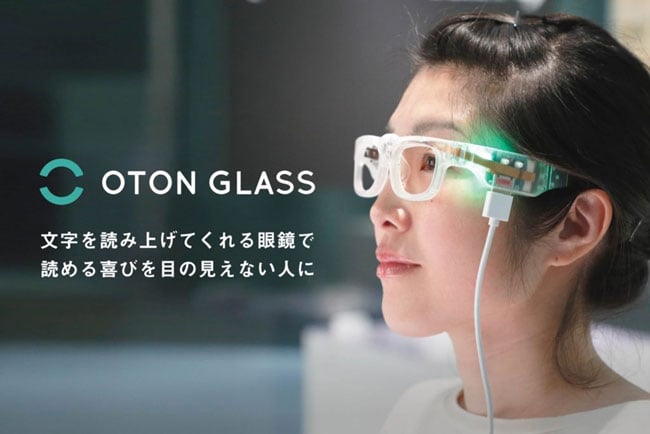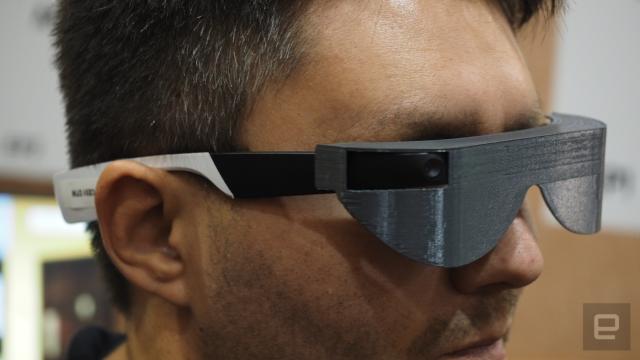Voice-Activated Assistive Devices: Empowering the Visually Impaired Through Innovation
Voice-Activated Assistive Devices: Empowering the Visually Impaired Through Innovation
Blog Article
Enhancing Access Via Assistive Technology for the Blind
The assimilation of assistive innovation for the blind stands for a pivotal development in access, basically altering exactly how people navigate their environments and involve with society. As we discover the diverse types of assistive gadgets and their substantial influences on day-to-day living, it comes to be necessary to check out how recurring technological innovations are improving the landscape of support for the blind community.
Overview of Assistive Technology
Assistive technology refers to a series of devices and software developed to enhance the capabilities of people with handicaps, including those that are visually damaged or blind. This technology plays a vital duty in advertising self-reliance and improving the high quality of life for users. By providing different approaches for accessing details and performing everyday tasks, assistive innovation equips individuals to browse their atmospheres better.
The development and implementation of assistive technology welcome a range of principles aimed at cultivating availability. These principles include user-centered design, which prioritizes the demands and choices of the individual, and the integration of innovation into everyday tasks. Such developments make sure that assistive tools are not only practical but simple and also instinctive to make use of.
Additionally, assistive modern technology includes a varied range of solutions, from low-tech choices like magnifiers to modern developments such as screen readers and Braille display screens. The ongoing development of this field is driven by the demand to attend to the special difficulties encountered by individuals with visual problems (Wearable technology for low vision). As innovation remains to development, the potential for boosting access and promoting inclusivity stays encouraging, eventually contributing to a more equitable culture

Kinds Of Assistive Instruments
Countless kinds of assistive gadgets are available to support people that are blind or aesthetically damaged, each created to attend to details needs and challenges. These gadgets can be broadly categorized into three main types: low-tech, mid-tech, and high-tech solutions.
Low-tech devices consist of things such as magnifiers, Braille tags, and tactile maps. These are fairly basic tools that boost the individual's capacity to communicate with their setting without needing intricate technology.
Mid-tech devices usually entail extra advanced functions, such as digital magnifiers and mobile Braille note-takers. These gadgets can supply functionalities like speech output, permitting individuals to accessibility info more successfully.

Effect On Daily Living
The schedule of different assistive gadgets significantly enhances the top quality of life for people who are visually damaged or blind, impacting their day-to-day living in profound ways. By integrating modern technologies such as display readers, Braille shows, and audio description services into their regimens, users acquire greater autonomy and freedom. These devices promote straight from the source accessibility to details, enabling people to carry out everyday jobs, such as reviewing emails, navigating public areas, and enjoying media material.
Moreover, assistive gadgets empower individuals to involve more completely in social interactions and neighborhood tasks. The ability to utilize smart devices outfitted with access features enables seamless interaction and link with others. This connection cultivates a sense of belonging and decreases feelings of seclusion.
In expert setups, assistive technology sustains performance by enabling individuals to full work jobs successfully. Devices like voice acknowledgment software program and specialized zoom tools make it possible for users to join the workforce on equivalent ground with their sighted peers.

Innovations in Modern Technology
Recent technological innovations have actually considerably transformed the landscape of tools readily available for individuals that are blind or visually impaired. The assimilation of expert system (AI) and artificial intelligence has generated applications that improve navigating and item recognition. Mobile phone apps can now make use of AI to identify and describe environments in real-time, providing users with useful contextual details.
In addition, developments in haptic technology have actually resulted in the advancement of smart canes furnished with sensing units that discover obstacles and provide responsive comments. This equips individuals to browse their atmosphere with enhanced confidence and freedom. Innovations in text-to-speech software application and braille screens have boosted the availability of electronic web content, enabling for smooth communication with numerous media.
Wearable modern technologies, such as smart glasses, are additionally making strides in assisting aesthetic problems. As technology proceeds to progress, the potential for also more transformative tools continues to be on the horizon.
Future Trends and Innovations
As technology quickly advances, the future of assistive tools for individuals who are blind holds immense guarantee. eyecare clinic Technologies in man-made intelligence (AI) and machine learning are positioned to change the means blind individuals connect with their atmospheres. For circumstances, AI-driven applications are being established to enhance things acknowledgment, enabling users to determine and navigate their surroundings with greater ease and precision.
In addition, advancements in haptic feedback innovation are allowing the creation of tactile maps and navigating help that give real-time details via touch. These advancements not only improve wheelchair but additionally foster independence. Additionally, wearable gadgets geared up with augmented fact (AR) attributes are emerging, using users aesthetic info through sound summaries, consequently bridging the space between the electronic and physical globes.
Moreover, the combination of clever home technology presents brand-new chances for access, allowing people to control their living environments via voice commands or smart device applications. As cooperation between technology programmers and the blind neighborhood continues, the focus on user-centered design will certainly make certain that future innovations are customized to fulfill the special needs of this populace (Wearable technology for low vision). The trajectory of assistive modern technology guarantees a much more comprehensive and empowering future for individuals who are blind
Conclusion
Finally, assistive modern technology plays a critical function in improving availability for people with aesthetic problems. The varied selection of gadgets, consisting of screen visitors and smart walking sticks, significantly enhances everyday living and promotes freedom. Continual advancements in have a peek here modern technology and user-centered style make certain that these tools cater properly to the one-of-a-kind needs of the blind neighborhood. As innovations progression, raised inclusivity and empowerment can be anticipated, eventually enhancing the lifestyle for those impacted by visual impairments.
The assimilation of assistive innovation for the blind stands for a pivotal innovation in access, essentially changing just how people browse their settings and engage with society.Assistive modern technology refers to a variety of devices and software program developed to improve the capacities of individuals with handicaps, including those who are aesthetically impaired or blind. Wearable technology for low vision.As modern technology quickly proceeds, the future of assistive devices for people who are blind holds enormous pledge. The trajectory of assistive innovation assures a more empowering and inclusive future for individuals who are blind
In final thought, assistive modern technology plays an essential function in improving access for individuals with aesthetic problems.
Report this page